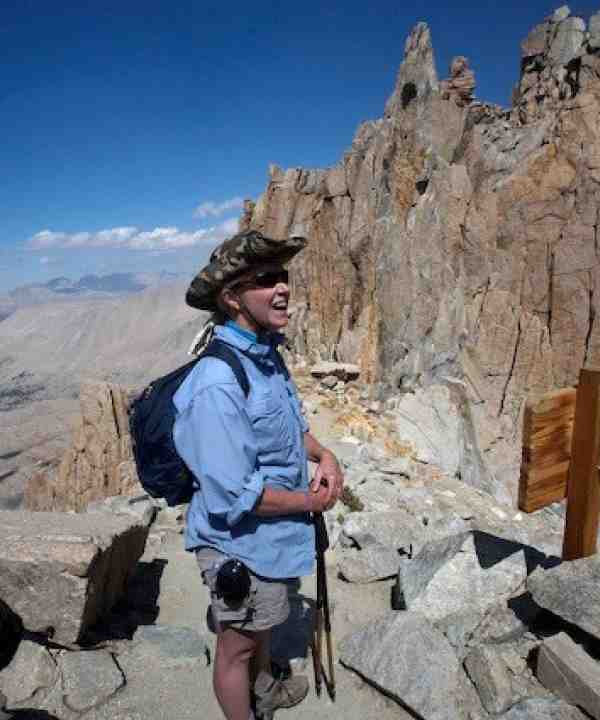January 12, 2017 | Water in the West | Insights
The West’s iconic open spaces, mighty rivers and jagged mountains hold powerful values and meanings for people. Through a newly launched blog at Stanford’s Bill Lane Center for the American West, former New York Times environmental correspondent Felicity Barringer explores people’s connections to Western water, landscapes and other resources. The news blog, ...& the West, combines research with journalism and features reports, interviews and analysis on the future of California and the North American West.
We spoke with Barringer about the blog, people’s relation to their environments and more.
What will this blog offer readers in terms of a unique perspective?
I think what’s been missing in a lot of environmental coverage is voices from the other side of the coin. That is, the environment on one side and the economy on the other. The economic issues for real people, not huge industries, have been demonized. Coal, for example, may be a villain, but the livelihoods of people who depend on it are not villainous. I want people who have been associated with villainous things to be able to talk about their own lives. There are people in the rural West who love their land and must feed their families. They’re often asked to sacrifice land for income over time. I’d like to highlight the problems with that bargain. It is important to understand facts, but it’s even more important to understand people.
How can scientists and other researchers fill the information gap created by the devolution of traditional journalism?
The major asset of scientists and researchers is the trust people have in them. They can leverage that to explain different facts. They risk losing that trust when the facts are unpalatable, but they shouldn’t stop trying.
What do you consider the most under-reported environmental stories?
The extent to which our economic system, particularly the transport of goods, is an environmental hazard. Diesel pollution, oil spills, chemical-carrying train wrecks – there is little regulation and high risk.
What, if anything, is wrong with environmental journalism today?
Unfortunately, the business as a whole has, until recently, treated the environment as a soft subject that is not constantly put in front of people like economics is. In the presidential debates, there was no discussion of climate change.
What Western water stories are you most interested to explore?
The best water story in California right now is the development of groundwater governance. Think about it this way – after the American Revolution, the country had to decide how to govern itself. California’s Sustainable Groundwater Management Act was a revolution for the state. To align with the new law, there are 127 constitutions currently being prepared at the groundwater basins. Stakeholders will argue about water quantity, management and how to divide water. Can you imagine anything more exciting than being offered the chance to cover the constitutional convention?
What – in a larger sense – do you want to do with this blog?
I think it’s important to understand how people in communities feel about their environment and how the very word ‘environment’ – a word connoting evil and distant control in some places of the West – could be understood differently as separate from political beliefs, as part of the stage on which people live their lives. I want to see if and how people in the rural West relate to the physical world they live in and the damage that could be done to it.
You can read Felicity Barringer's new blog at west.stanford.edu/news/blogs/and-the-west-blog


![[Woods Logo]](/sites/default/files/logos/footer-logo-woods.png)
![[Bill Lane Center Logo]](/sites/default/files/logos/footer-logo-billlane.png)